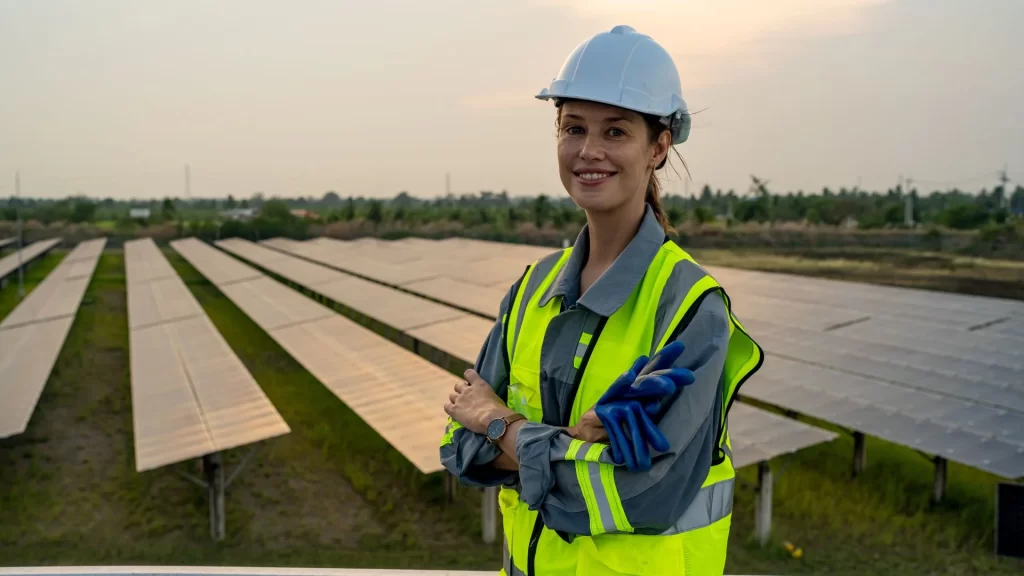Community solar is rapidly emerging as a cornerstone in the United States’ transition to clean energy, offering an inclusive alternative to traditional rooftop installations. With the cost of solar installations decreasing by over 40% in the past decade, the industry has expanded significantly, culminating in approximately 179 gigawatts of installed capacity by the end of 2023—enough to power around 33 million households. This growth is attributed to factors such as reduced installation costs, increased demand for sustainable electricity, and supportive federal policies like the Investment Tax Credit (ITC) and the Inflation Reduction Act (IRA).
Community solar projects are particularly beneficial for individuals who cannot install solar panels on their properties, including renters and low- to moderate-income (LMI) households. These programs allow participants to subscribe to a portion of a shared solar array, receiving credits on their electricity bills. As of the end of 2023, community solar had reached 7.3 gigawatts of capacity, with projections to double to 14 gigawatts by 2028. Currently, 43 states and Washington D.C. have at least one community solar farm, with 22 states and D.C. enacting legislation to support such initiatives. This widespread adoption underscores community solar’s role in promoting energy equity and expanding access to renewable energy across diverse populations.
Source: Neighborhood Sun – Trends in Solar Energy: Why Community Solar is the Future

